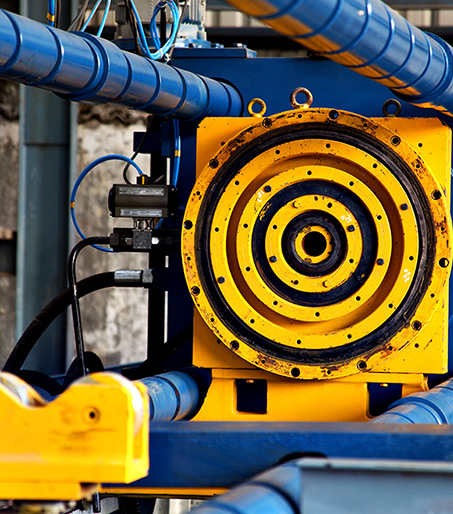The Hydrostatic Pressure Test Process
Standard hydrostatic testing procedures entail filling the test pipe with liquid (water), bleeding out air and then pressurizing the piece. The NDE inspector thoroughly examines the pipe for leaks or permanent changes in shape. The hydro test is performed with a nearly incompressible (compressible only by weight, not air pressure) liquid, usually water, because it will only expand by a very small amount should the test piece fail and not pose a danger to the technician.
The pressure used in hydrostatic pressure testing is always considerably more than the operating pressure to give the customer a margin for safety. Typically the test is performed at 150 percent of the design or working pressure. For example, if a pipe was rated to a working pressure of 2000 PSI, it would be tested at 3000 PSI to ensure reliability.
A sample that does not meet performance or durability specifications may fail and become unusable during the leak test.




